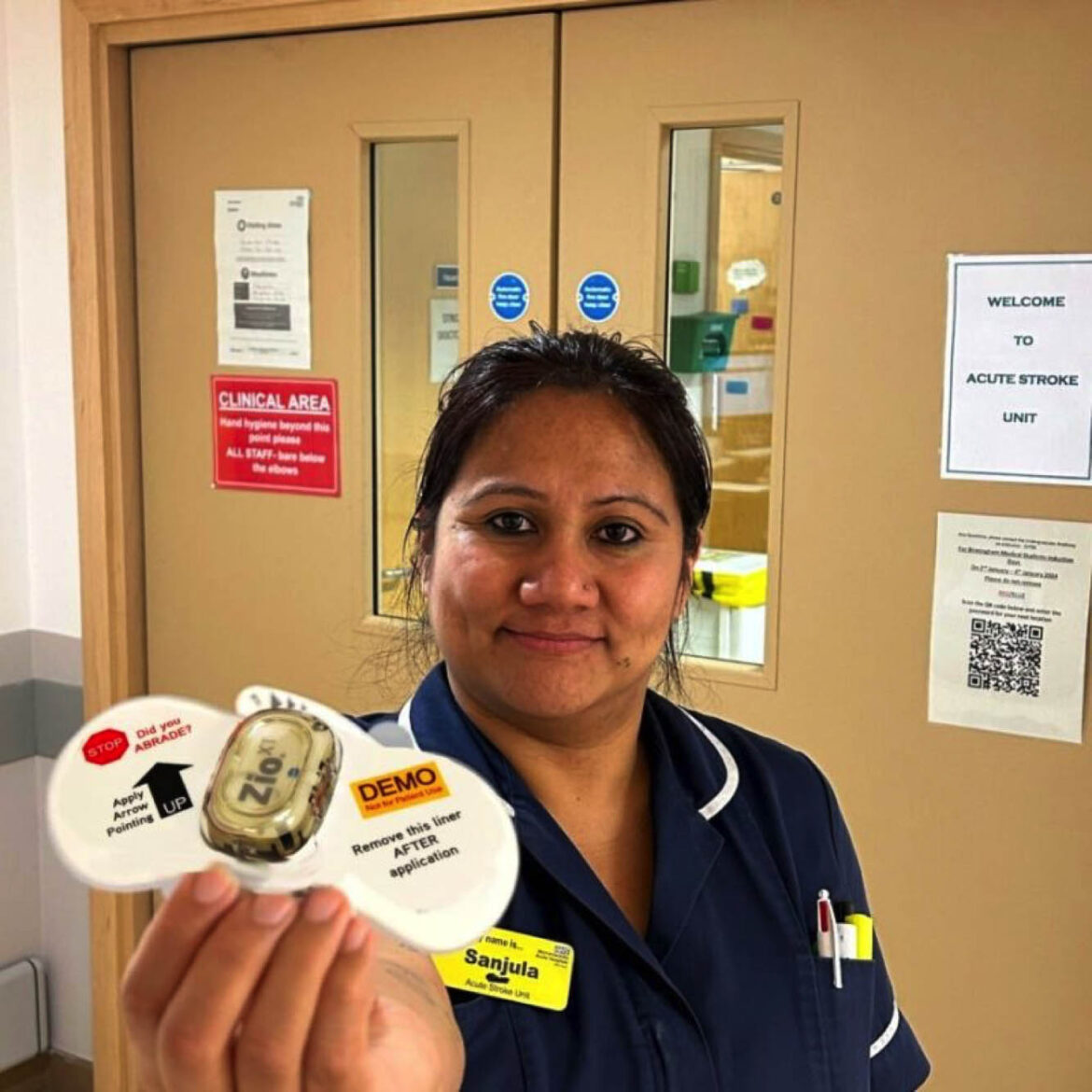A decade ago, a surge of companies emerged with the promise of revolutionizing personal health through data tracking of habits like eating, sleep, and exercise. Among these, Zeo, a standout startup, garnered over $30 million in investments to develop a headband tracking users’ sleep patterns, coupled with an app acting as a personalized “sleep coach.” Despite initial enthusiasm and media attention from outlets like Wired and Popular Science, Zeo quietly folded a few years later.
Zeo’s fate mirrors that of many digital health startups whose initial potential fizzled out. Despite a staggering $12 billion in investments in 2017 alone, few have managed to deliver technologies capable of genuinely transforming healthcare. Why?
The stumbling block often lies in the application of strategies homed in the tech sector to the vastly different landscape of healthcare. Tech startups typically rush to market with a minimum viable product, refining it based on consumer feedback. However, this “lean startup” approach, effective for consumer products like photo-sharing apps, doesn’t seamlessly translate to healthcare—a highly regulated and intricate industry.
Unlike consumer tech, digital health products must navigate a complex network of stakeholders, including doctors, patients, regulators, and insurers, whose buy-in determines adoption. Medical devices, in particular, face lengthy regulatory hurdles and aren’t easily iterated upon post-market release.
In healthcare, the mantra shifts from “move fast and break things” to a more methodical “identify needs and innovate.” Rather than inventing a technology and searching for a problem it can solve, successful approaches entail deeply understanding healthcare challenges and tailoring solutions accordingly.
Enter need-driven innovation: a meticulous process of uncovering unmet healthcare needs, comprehensively analysing existing solutions, and engaging stakeholders to shape the development of effective solutions. Instead of rushing to launch, innovators begin with a clean slate, guided by predefined need criteria, increasing the likelihood of successful adoption.
However, this approach demands patience—a stark departure from the rapid pace of tech development. Skipping this vital groundwork often leads to wasted resources and unsustainable businesses, as digital health startups overlook crucial aspects like end-user involvement and stakeholder satisfaction.
Stanford Biodesign offers a beacon of success in need-driven innovation, spawning numerous medical device and digital health companies that have significantly impacted patient care. Take iRhythm Technologies and its Zio Patch, born from a deep understanding of physicians’ need for improved arrhythmia diagnosis in non-hospitalized patients.
iRhythm’s rigorous needs analysis led to the creation of a simple, cost-effective monitoring patch, designed to enhance diagnostic accuracy and streamline patient care. By prioritizing stakeholder needs and conducting extensive clinical studies, iRhythm secured reimbursement from insurance companies—a pivotal step in technology adoption.
The key takeaway? Success in digital health hinges on meticulous needs assessment, innovative solution design, and demonstrable improvements in outcomes. Simply transplanting tech strategies won’t suffice; true transformation demands a tailored, stakeholder-centric approach.
One significant hurdle in the adoption of need-driven innovation in digital health lies in the painstaking process of deeply understanding and addressing stakeholder needs. This meticulous approach contrasts sharply with the rapid product development cycles typical in the tech industry. Venture capitalist Rob Coppedge highlights how many digital health startups fail due to a lack of expertise in healthcare workflows and a misunderstanding of the healthcare consumer journey. Similarly, Arlen Myers, president of the Society of Physician Entrepreneurs, emphasizes the importance of early and frequent involvement of end-users, meeting the needs of multiple stakeholders, and ensuring clinical validation of products.
In stark contrast to these challenges, institutions like the Stanford Byers Centre for Biodesign have been at the forefront of developing, studying, and teaching a need-driven health technology innovation process for nearly two decades. This approach has yielded remarkable success, with 48 medical device and digital health companies originating from projects undertaken in Stanford Biodesign’s fellowships and classes, impacting over 1.5 million patients.
An exemplary case is iRhythm Technologies and its Zio Patch, a wearable cardiac rhythm monitor. Originating from Stanford Biodesign, the Zio Patch exemplifies the effectiveness of a need-driven approach. Unlike Zeo, which faced challenges in understanding and addressing user needs, the Zio Patch was born from a thorough understanding of the problem of diagnosing heart arrhythmias. By prioritizing stakeholder needs and clinical validation from the outset, iRhythm ensured the development of a solution tailored to address critical healthcare challenges.
Moreover, the success of need-driven innovation is not limited to individual companies but has also influenced healthcare systems globally. The National Institute for Health and Care Excellence (NICE) in the UK has incorporated innovative technologies like the Zio Patch into its guidelines, recognizing their potential to improve patient outcomes. In the case of the NHS, partnerships with innovative companies like iRhythm demonstrate a commitment to integrating cutting-edge technologies into routine clinical practice.
The NHS’s adoption of technologies like the Zio Patch exemplifies a shift towards evidence-based, need-driven approaches to healthcare innovation. By embracing solutions grounded in thorough understanding and validation, healthcare systems can deliver more effective and efficient care to patients, ultimately advancing the quality and accessibility of healthcare services.
